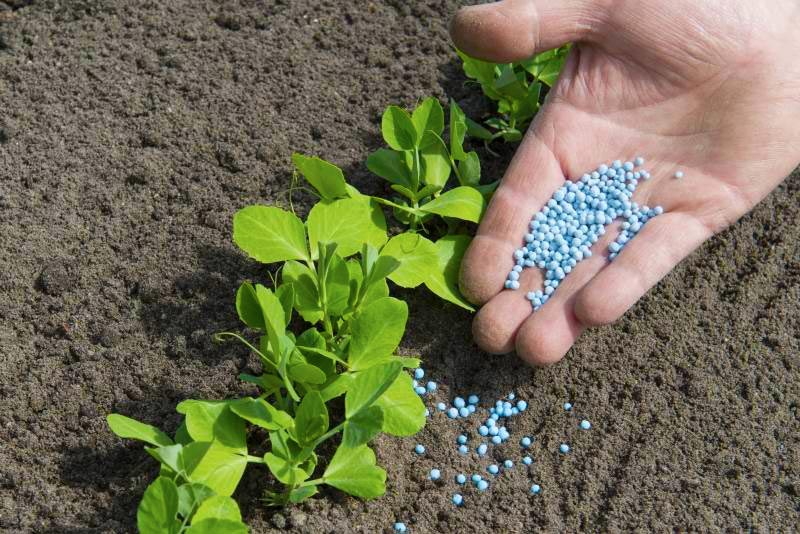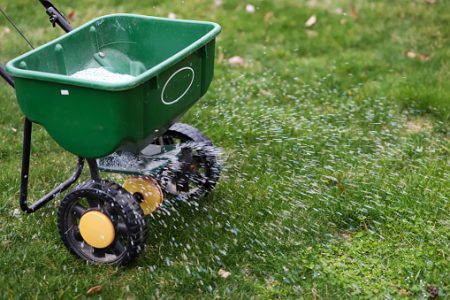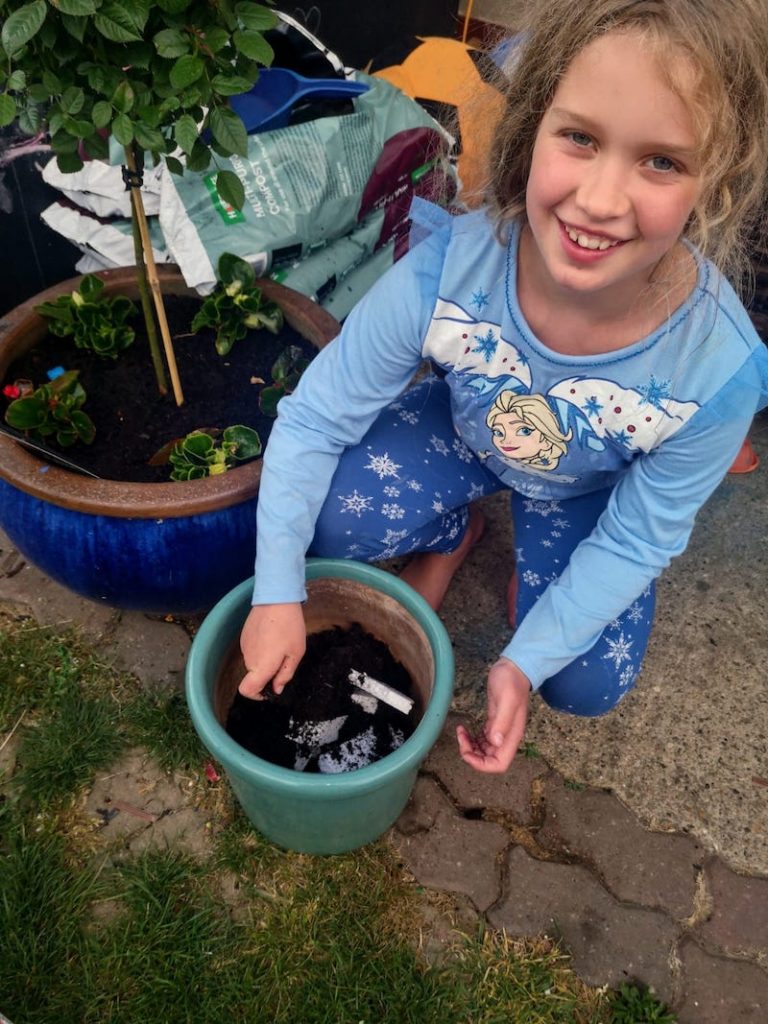You’re probably thinking what’s the best fertiliser for plants? Following that link will see you looked after superbly but you’ll pay. The good news is there is many a way to get your plants the nutrients they need without spending a bundle of money. Certainly you can follow the link provided and assure your plants of all the NPK they could ever ask for. In this article however, we want to look at some alternate ways to fertilise our plants without hitting the pocket.
Plant nutrition is probably one of the most important aspects of ensuring a healthy garden. It’s even more important when your vegetable patch is at stake.
A natural plant fertiliser isn’t necessarily going to be the quickest and easiest solution but it feels nice to connect with nature. So I’ve compiled an interesting list of ways to get your plants fertilised for not much money at all:
– Horse manure
– Chicken manure
– Garden compost – be sure to add some seaweed if you’re on the coast
The above are by no means a complete solution to fertilising plants but what they’ll do once mixed in is create the right soil quality that’ll allow active uptake of whatever nutrients are available in the soil at the root ball to be consumed.
Horse manure has to be one of the easiest ways of improving soil quality. You can get this for free at almost any stable or paddock still. Remember, the more rotted the manure the better. Just mix it into soil before planting with chicken manure and some garden compost. This will give almost any plant in the UK a decent shot of growing without the need for NPK that’s paid for.
If you’re on the coast take advantage of a few bags of seaweed. Fresh seaweed in the compost bin should help to accelerate the composting process. Believe it or not, it’s so beneficial that people will actually pay for liquid seaweed to ass to their compost bin! So taking advantage is an absolute must if you already wander down to the beach to walk the dog or play with the kids. Remember, you don’t want too much but a couple of bags full in a compost bin will be a lovely addition (of Nitrogen) to the broth of nutrients you have there.
How to fertilise vegetables
Horse manure, then more horse manure. Remember well rotted. My grandad wether right or wrong used to get a water butt, half fill it with rotten manure. The smell wasn’t the best I have to tell you. He used to half fill a water butt with rotten manure and then fill the remainder with water adding a couple of buckets and giving it a stir as he topped it up. The concoction was pretty damn nasty looking actually.
It wasn’t just manure either, practically anything from the compost heap could end up in there. A few weeks later he would open up the lid and the water would be a dark brown colour. He would then simply drop his watering can in with a pair of gloves on and run around the garden watering his vegetables. I warn you, I remember the smell as a child – it was pretty nasty so this is something to keep away from the house was much as possible.
How effective this was I have no idea other than the fact he grew greens every single year in the same vegetable patch and there was never a problem with a nice healthy crop. At the end of the season, all of the horse manure he gathered from draining the nutrients, he mixed into the ground as well. I now realise this pretty much helps the quality of the soil. You’ll never get all the nutrients out of horse manure by simply washing it. If you feel like that’s not what you want on your salad then I guess it’s back to pellets:

How to fertilise lawns – lawn feed solutions
I’m going to cheat on the lawn I am going to tell you to go with the best lawn feed. You know why? I don’t think I could handle the smell of my grandad’s fertiliser mix all over the lawn, much less for a few days the wife would probably give me a serious ticking off.

The best lawn feed is just so easy to distribute with a lawn spreader that it makes for more sense to spend a few quid. I know, I apologise for cheating but this is practical real life and we need to use the lawn. If you don’t I guess feel free to run about with a watering can slowly pouring liquid manure all over the lawn. It’s going to smell rife. If you live near a farm you’ll know what you’re up against 😀
If you’re giving your lawn a complete overhaul then you might consider a lawn weed and feed instead. Certainly worth looking at both options.
How to fertilise indoor houseplants with a homemade fertiliser
You use a myriad of natural products in the kitchen that’ll look after your indoor house plants. Coffee grounds, green tea, and banana peels are life natural fertilisers and assuming you only have a few plants you’ll never need to buy a fertiliser. At some point when you pot your plants again you might want to take advantage of a pellet fertiliser but combine the above with a few broken up egg shells and you’re good to go.
Fertilising plants doesn’t need to be expensive – take advantage of your home waste first
